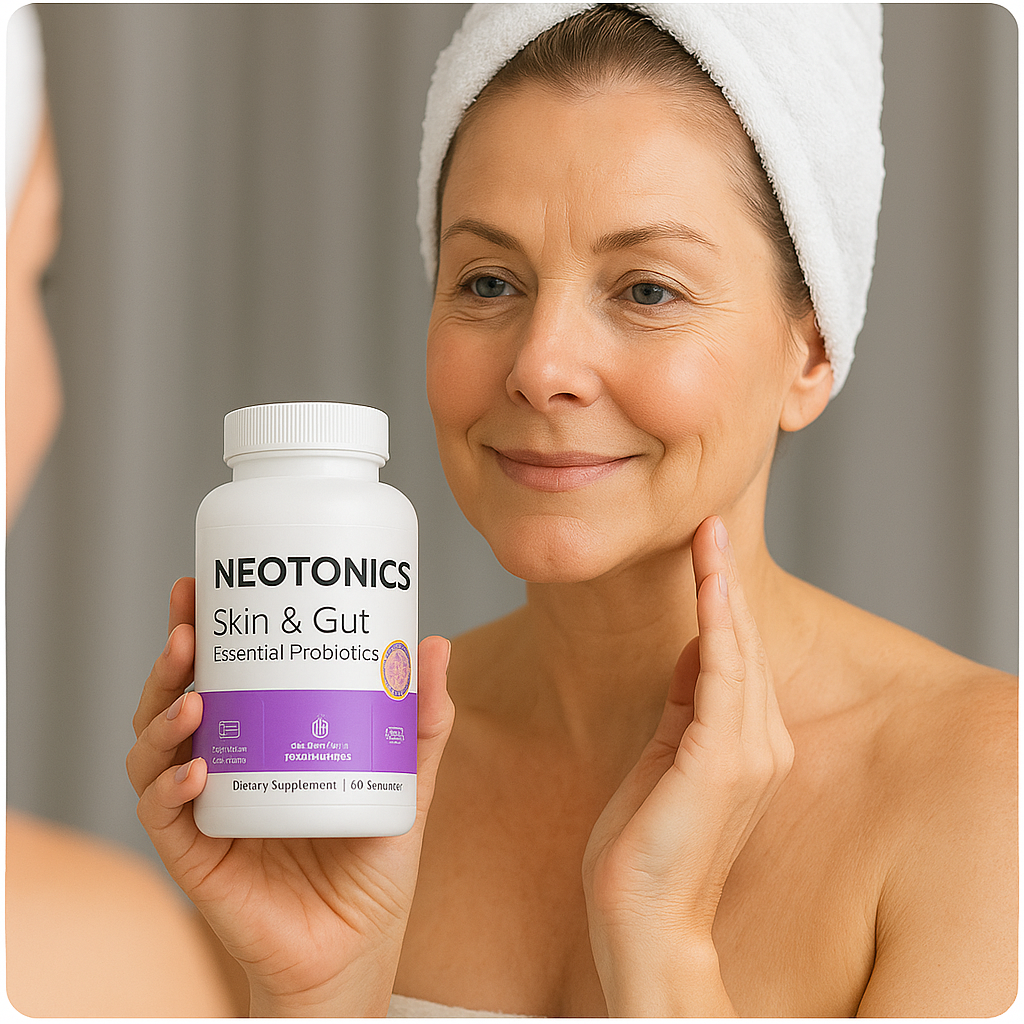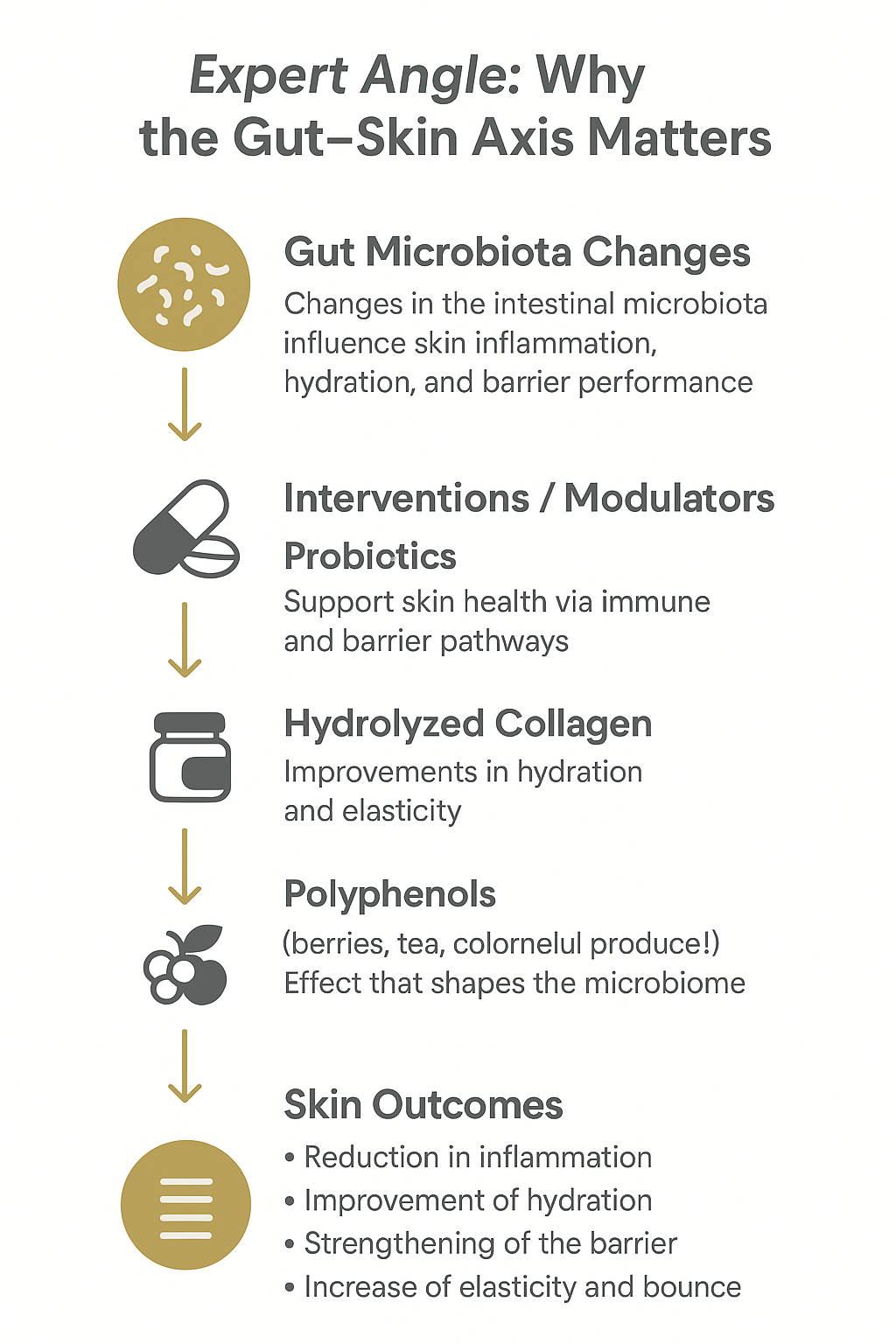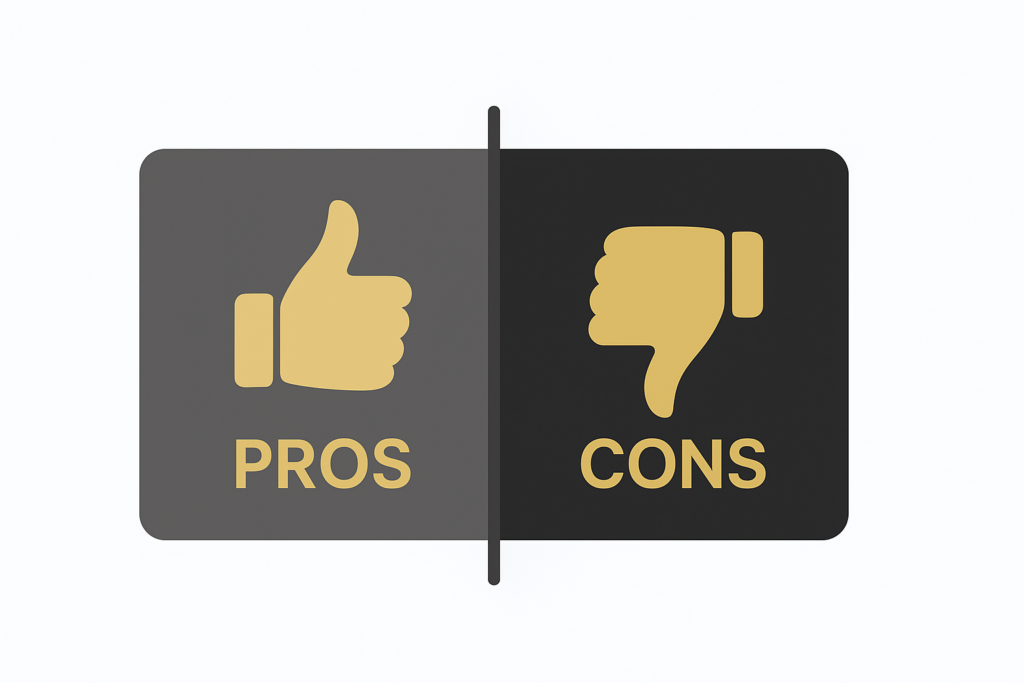After 45, many women notice changes in their skin and digestion. Neotonics offers a science-backed way to support both — helping you feel radiant and energized again. Because feeling confident in your skin starts from the inside out.
As we move through our late 40s and early 50s, many of us notice that what used to work for our skin and digestion no longer delivers the same results—yet we still want to look vibrant, feel light, and keep our energy steady for the life we lead.
That’s exactly where Neotonics skin and gut comes in: a daily routine designed to nourish both your complexion and your digestive balance, leveraging the gut–skin connection many experts now consider essential to graceful, healthy aging.
Below, you’ll find a clear, research-aware guide—written for women 45–54 in the U.S.—that explains what Neotonics is, how this kind of gut-skin axis supplement works, who it’s for, and how to use it to create visible results without overcomplicating your day.
If you’re ready to check availability now, you can visit the official page here: Order Neotonics – Official Site.

Neotonics is positioned as a skin and gut support supplement—meant to be taken daily—built around the simple, science-aligned idea that supporting your microbiome can influence how your skin behaves on the surface.
While individual ingredients can vary by batch or region, the category logic is consistent: nourish digestion and microbial balance, help the body absorb and utilize beauty-critical nutrients, and pair that with compounds associated with elasticity, hydration, and overall glow.
For women 45+, that means a holistic approach—one that doesn’t treat skin in isolation but as part of an elegant system that includes the gut, immunity, and lifestyle.
Hormonal shifts, a naturally slower turnover rate, and environmental exposures (UV, stress, ultra-processed foods) all add up, so the old “cleanser-and-cream” routine might not be enough anymore. (New rules)
Supporting the gut-skin axis—the communication loop between your intestinal microbiome and your complexion—can be a practical lever: better balance inside often shows up as calmer, more hydrated, more resilient skin outside.
Emerging reviews and meta-analyses suggest that interventions like probiotics, prebiotics, collagen, and polyphenols can contribute to improvements in hydration, elasticity, and overall skin appearance—especially when combined with healthy habits. PMC+2PMC+2PubMed
The research landscape is growing, and while results can vary, here’s the gist of what reputable sources report about ingredients commonly used in gut–skin formulations:
Probiotics (oral): Reviews indicate they may positively influence skin via the gut—potentially supporting barrier function and helping the skin respond better to external stressors. Evidence is early but promising in certain contexts. PMCPubMed
Collagen (oral): Multiple RCTs and meta-analyses have found significant improvements in skin hydration and elasticity with hydrolyzed collagen over 8–12 weeks versus placebo. PMCPubMed
Prebiotic fibers & polyphenols: These can help feed beneficial microbes and modulate the gut ecosystem; polyphenols in particular show prebiotic-like activity and may indirectly benefit skin through microbiome pathways. PMC+1
Inulin (topical data, mechanistic insight): While this is about topical inulin, it underscores how microbiome-nourishing strategies can shift bacterial metabolism toward healthier barrier outcomes—conceptually aligned with gut–skin thinking. PMC
None of this replaces your dermatologist’s advice, and supplements aren’t magic—yet taken consistently, they can be a meaningful part of a smart, age-aware routine.

In practice, the best gut–skin routines do three things at once: (3 pillars)
Support digestion and microbiome balance so your body can make better use of the nutrients you already eat. (Absorption)
Feed skin structure and hydration with compounds associated with elasticity and moisture retention. (Plumpness)
Reduce noise and friction—keep the ritual simple enough that you actually do it every day, because consistency is what the skin recognizes. (Consistency)
Neotonics aims to cover those bases in a single, daily step—making it easier to stick to the plan for the 8–12 weeks most studies use as a checkpoint. (Doable)
Because your time and attention are precious, here’s what matters when you’re choosing a gut-skin axis supplement: (Priorities)
Visible glow: A look that feels fresh, hydrated, and “awake,” even on busy days.
Comfortable digestion: Less bloat, more regularity—so you feel lighter and more at ease in your clothes.
Elasticity support: That subtle bounce-back quality is what makes makeup sit better and skin reflect light more evenly. PMCPubMed
Simplicity: One habit you can actually keep—no 12-step systems required.
Neotonics is especially suited for women who: (Great fit)
Are 45–54 and want a professional yet gentle approach to skin renewal. (Targeted)
Prefer a daily capsule over complicated protocols. (Convenience)
Want to explore the inside-out approach backed by the growing body of microbiome and collagen research. PMC+1 (Aligned)
If you have a medical condition, are pregnant, or take prescription medications, always check with your healthcare provider first.
Consistency beats intensity here—think in weeks, not days. (Routine)
Daily timing: Take your capsule at the same time every day—morning with breakfast works well for many. (Habit)
Hydration: Drink water throughout the day; hydrated skin begins with a hydrated body. (Water)
8–12 weeks: Most clinical trials on oral collagen and similar actives measure outcomes around the 8–12 week mark. (Timeline)
Lifestyle basics: Prioritize protein, colorful produce, fiber, and quality sleep—nutrient availability and recovery magnify supplement results. (Foundations)
Dermatology and nutrition researchers increasingly describe a bi-directional “gut–skin axis,” where changes in the intestinal microbiota can influence skin inflammation, hydration, and barrier performance. (Two-way)
A 2023 review highlights how probiotic interventions can support skin health by modulating immune and barrier pathways—although more human RCTs are needed to standardize dosages and strains. PMCPubMed. (Emerging)
Meanwhile, robust meta-analyses on hydrolyzed collagen show statistically significant improvements in hydration and elasticity versus placebo over several weeks—useful outcomes for anyone navigating dryness or loss of bounce after midlife. PMCPubMed .(Robust)
Finally, polyphenols—plant compounds found in berries, tea, and colorful produce—display prebiotic-like effects that can shape the microbiome; that’s another route by which diet can nudge the gut–skin axis in the right direction. PMC+1 (Plant power)

You don’t need a suitcase of products—just a repeatable stack that works for your calendar. (Minimalist)
Morning (3–4 minutes):
Gentle cleanser, antioxidant serum, moisturizer, broad-spectrum SPF 30+. (Protect)
Neotonics with breakfast and water. (Commit)
Midday (30 seconds):
Water refill, short walk, light lunch with protein + colorful veg + fiber. (Refuel)
Evening (4 minutes):
Cleanse, nourishing moisturizer or retinoid (as tolerated), lights out at a consistent time. (Recover)
This rhythm sets the stage for a calmer microbiome and a more resilient moisture barrier—exactly what we’re aiming for at 45+. (Steady)
Everyone’s timeline is personal, but many users report a progression like this: (Roadmap)
Weeks 1–2: Digestion feels more regular; less “heavy” after meals. (Ease)
Weeks 3–6: Skin looks more even and hydrated; makeup sits better. (Evenness)
Weeks 7–12: Elasticity, glow, and overall comfort continue to improve with good sleep and steady hydration. PMCPubMed (Momentum)
Remember—photos under the same lighting once a month can help you see subtle but meaningful changes. (Track)
Will Neotonics replace my skincare? Not exactly; it boosts what you’re already doing by supporting the internal side of the equation.
Is it safe with my medications? Always ask your doctor or pharmacist; complementary strategies should fit your unique health picture.
How long should I take it? Plan for at least 8–12 weeks to evaluate, then reassess based on how you feel and look.
Can diet make a difference too? Absolutely—fiber, polyphenols, and diverse plants are friends to your microbiome and, by extension, your skin.
If you want to stack the deck in your favor, pair your Neotonics skin and gut routine with foods that quietly do the heavy lifting.
Protein at each meal: Supports collagen synthesis and helps skin hold structure.
Berries & green tea: Polyphenols that may feed beneficial microbes and help manage oxidative stress.
Leafy greens & colorful veg: Carotenoids that correlate with healthier-looking skin as we age.
Omega-3 sources (salmon, walnuts): Lipids that support barrier integrity and calmness.
Fiber (oats, legumes): A daily prebiotic nudge for your microbiome.
You want results you can feel—less bloat, a smoother glow, and confidence that your routine respects your time. (Confidence)
A single daily step that supports both gut comfort and skin quality is an elegant solution for a busy, modern life—especially if you prefer to invest in consistency over complexity. (Elegance)
If that resonates, consider locking in your plan today and give it 8–12 weeks to speak for itself: Get Neotonics – Official Site.
Individual responses vary; diet and sleep still matter. (Variable)
If you have medical conditions, coordinate with your provider. (Care)

Many routines target the surface: serums, creams, and actives can help—but if digestion and absorption aren’t supported, you’re leaving results on the table. (Leverage)
By pairing internal support with good topical habits and sun protection, you create a multi-layered strategy that tends to age well—literally. (Layers)
That’s why the gut-skin axis supplement category is growing: it fills the gap between skincare and nutrition in a way that feels modern, doable, and smart. (Gap-filler)
If you’ve been waiting for the “perfect moment,” consider this your sign to begin—with one simple addition you can sustain. (Start)
Your 30-Day Checklist: (Checklist)
Take Neotonics daily with breakfast. (Daily)
Aim for 25–30g protein at lunch & dinner. (Protein)
Add one colorful plant to every meal. (Color)
Drink more water than yesterday. (Hydrate)
Walk 10–15 minutes after your largest meal. (Move)
Wear SPF 30+ every morning. (Shield)
At the end of the month, compare notes, photos, and how your clothes—and your skin—feel.
You don’t have to choose between looking fresh and feeling comfortable—supporting your Neotonics skin and gut routine is a practical way to align both.
The science behind microbiome-minded strategies is evolving, and the collagen data for hydration and elasticity is compelling—especially when you give it the time it deserves.
If you’re ready to try a streamlined approach that respects your schedule while supporting glow and gut comfort, start here: Order Neotonics – Official Site.
Gao T. et al. “The Role of Probiotics in Skin Health and Related Gut…” (2023). PMC. PMC
Pu S.Y. et al. “Effects of Oral Collagen for Skin Anti-Aging: A Systematic Review and Meta-Analysis.” (2023). PMC. PMC
de Miranda R.B. et al. “Effects of hydrolyzed collagen supplementation on skin aging.” (2021). PubMed. PubMed
Wang X. et al. “Dietary Polyphenol, Gut Microbiota, and Health Benefits.” (2022). PMC. PMC
Plamada D. et al. “Polyphenols—Gut Microbiota Interrelationship.” (2021). PMC. PMC
Li M. et al. “Multi-omic approach to decipher the impact of skincare inulin on skin hydration.” (2023). PMC. PMC
EatingWell. “Carotenoids and Skin Health – New Study Suggests.” (2025). News summary
